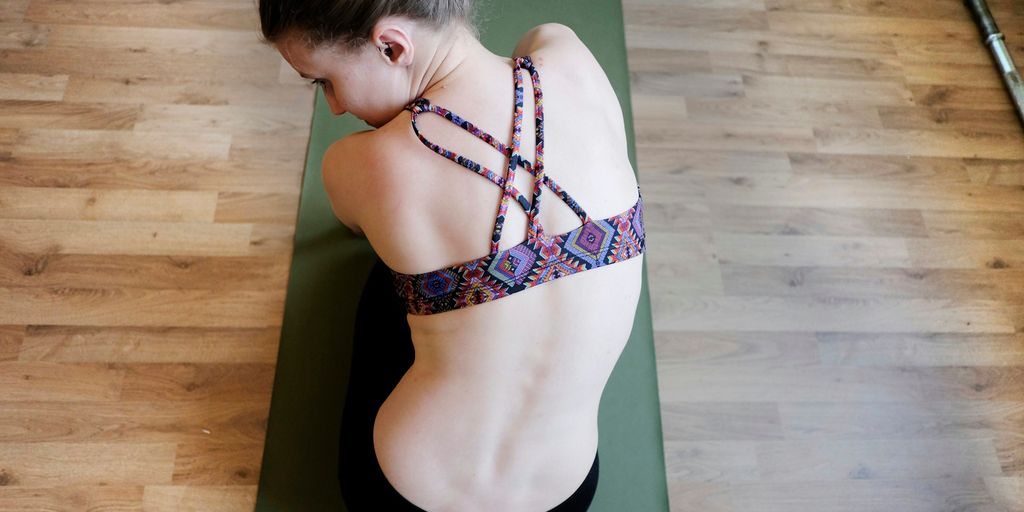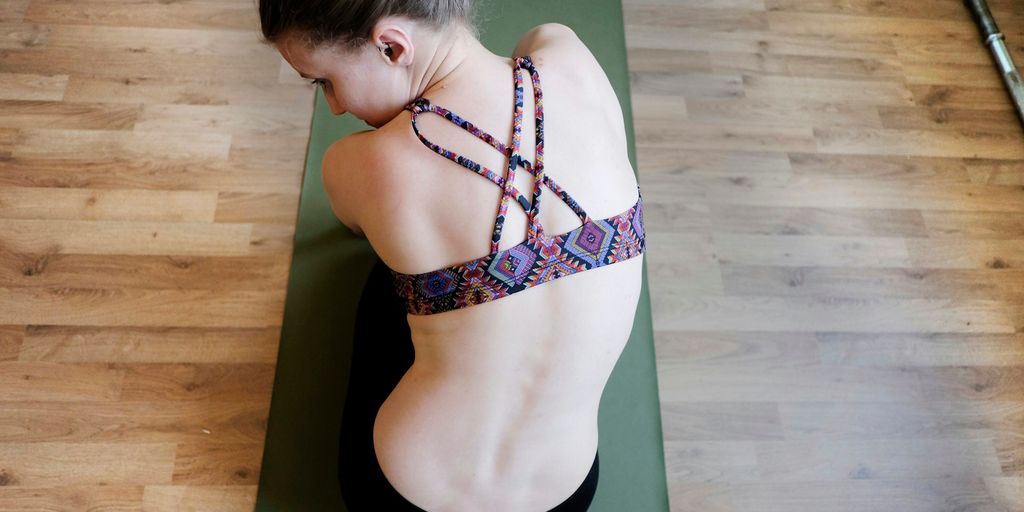
Choosing the Best Yoga Mat Material for Your Practice
Choosing the right yoga mat can make a big difference in your practice. With so many materials to choose from, it can be a bit confusing. This article will help you understand the pros and cons of different yoga mat materials, so you can pick the best one for your needs.
Key Takeaways
- Natural rubber mats are eco-friendly and offer great grip, but can be heavy and pricey.
- PVC mats are affordable and easy to clean, but they are not eco-friendly.
- TPE mats are non-toxic and lightweight, but they might not last as long as other options.
- Cotton and jute mats are breathable and biodegradable, making them good for gentle yoga practices.
- Consider factors like the environment, your comfort, and the type of yoga you practice when choosing a mat.
Understanding Different Yoga Mat Materials
Choosing the right yoga mat can make a big difference in your practice. This comprehensive guide will help you understand the different types of yoga mats, their materials, and features, so you can make an informed decision. Let's dive into the various materials used in yoga mats and what makes each unique.
Natural Rubber Mats
Natural rubber mats are made from sustainable rubber trees. They offer excellent grip and are eco-friendly. However, they can be heavy and have a distinct smell when new.
PVC Mats
PVC mats are popular due to their affordability and durability. They provide good cushioning but are not the most eco-friendly option. These mats are easy to clean and come in a variety of designs.
TPE Mats
TPE mats are made from a blend of plastic and rubber. They are non-toxic, hypoallergenic, and lightweight. These mats are also recyclable, making them a greener choice.
Cotton and Jute Mats
Cotton and jute mats are natural and breathable. They are comfortable and biodegradable, making them ideal for gentle practices like restorative yoga.
Benefits of Natural Rubber Yoga Mats
Eco-Friendly Properties
Natural rubber yoga mats are made from sustainable resources, making them an excellent choice for eco-conscious yogis. These mats are biodegradable, which means they won't sit in a landfill for years. Choosing a natural rubber mat helps reduce your carbon footprint.
Durability and Longevity
One of the standout features of natural rubber mats is their durability. They can withstand intense yoga sessions without wearing out quickly. This means you won't need to replace your mat as often, saving you money in the long run.
Grip and Traction
Natural rubber mats offer superior grip and traction, even during sweaty practices. This helps prevent slips and injuries, allowing you to focus on your poses. The natural stickiness of rubber ensures that your hands and feet stay in place, providing a stable foundation for your practice.
Investing in a natural rubber yoga mat is a smart choice for those who value sustainability, durability, and safety in their yoga practice.
Why Choose PVC Yoga Mats
Affordability
PVC yoga mats are known for their affordability. They are often less expensive than mats made from other materials, making them a popular choice for beginners or those on a budget. Despite their low cost, they still provide good cushioning and support for your practice.
Ease of Cleaning
One of the standout features of PVC mats is their ease of cleaning. You can simply wipe them down with a damp cloth or use a mild soap solution for a deeper clean. This makes them a convenient option for those who practice yoga frequently and need a mat that can be quickly and easily maintained.
Variety of Designs
PVC mats come in a wide variety of designs, colors, and patterns. This allows you to choose a mat that not only meets your functional needs but also reflects your personal style. Whether you prefer a simple, solid color or a vibrant, intricate pattern, there's a PVC mat out there for you.
While PVC mats are affordable and easy to clean, it's important to note that they can emit chemicals that pollute the air. Consider this when making your choice.
Exploring TPE Yoga Mats
Non-Toxic and Hypoallergenic
Thermoplastic Elastomer (TPE) yoga mats are known for being non-toxic and hypoallergenic. This makes them a great choice for people with sensitive skin or allergies. Unlike some other materials, TPE does not contain harmful chemicals, ensuring a safer practice environment.
Lightweight and Portable
One of the standout features of TPE yoga mats is their lightweight nature. These mats are easy to carry around, making them perfect for yogis who travel or attend classes outside their home. Portability is a key benefit, allowing you to practice yoga anywhere without hassle.
Recyclability
TPE mats are also recyclable, which adds to their eco-friendly appeal. When your mat reaches the end of its life, it can be recycled rather than ending up in a landfill. This makes TPE mats a more sustainable option compared to some other materials.
Choosing a TPE yoga mat means opting for a balance of comfort, safety, and environmental responsibility.
Cotton and Jute Yoga Mats: A Natural Choice
Breathability and Comfort
Cotton and jute yoga mats are known for their breathability. These mats allow air to flow through, keeping you cool during your practice. They provide a soft and comfortable surface, making them ideal for gentle yoga styles like Hatha or Restorative yoga.
Biodegradable Options
One of the biggest advantages of cotton and jute mats is that they are biodegradable. This means they break down naturally over time, reducing environmental impact. If you're looking for an eco-friendly option, these mats are a great choice.
Ideal for Gentle Practices
These mats are perfect for gentle yoga practices. They offer enough cushioning for comfort without being too thick. This makes them suitable for practices that don't require a lot of intense movement, like Yin yoga or meditation.
Choosing a cotton or jute yoga mat can enhance your practice by providing a natural, comfortable, and eco-friendly surface.
Factors to Consider When Choosing a Yoga Mat Material
Environmental Impact
When selecting a yoga mat, it's important to think about how it affects the environment. Natural materials like rubber, cotton, and jute are often more eco-friendly. They break down easier and don't harm the planet as much. On the other hand, mats made from PVC can take a long time to decompose and may release harmful chemicals.
Personal Comfort
Your comfort during yoga practice is key. Some materials offer better cushioning and support. For example, natural rubber mats provide a good balance of softness and firmness. TPE mats are also known for their comfort and are often hypoallergenic, making them a good choice for people with sensitive skin.
Type of Yoga Practice
The type of yoga you practice can also influence your choice of mat material. For hot yoga, you might want a mat with excellent grip and sweat absorption, like a natural rubber or cotton mat. If you practice gentle yoga, a cotton or jute mat might be more suitable due to their soft and breathable nature.
Choosing the right yoga mat material can make a big difference in your practice. Consider what matters most to you, whether it's the environment, your comfort, or the type of yoga you do.
Caring for Your Yoga Mat
Cleaning Tips
Keeping your yoga mat clean is essential for both hygiene and longevity. A routine wipe-down takes 10 to 15 minutes per side including drying time. For a deeper clean, you can spot-clean your mat, which usually takes about 10 to 15 minutes depending on its condition. Use a gentle soap and water mixture, and avoid harsh chemicals that can damage the material.
Storage Solutions
Proper storage can extend the life of your yoga mat. Always roll your mat with the top side facing out to prevent curling. Store it in a cool, dry place away from direct sunlight. If you have limited space, consider using a mat bag or strap to keep it compact and protected.
Extending the Lifespan
To make your yoga mat last longer, avoid wearing shoes on it and keep it away from sharp objects. Regularly check for wear and tear, and replace your mat if it starts to lose its grip or cushioning. Taking care of your mat ensures a better practice and saves you money in the long run.
A well-maintained yoga mat not only enhances your practice but also contributes to a cleaner and healthier environment.
Taking care of your yoga mat is essential for a great practice. Regular cleaning keeps it fresh and extends its life. For the best tips on maintaining your mat, visit our website. You'll find everything you need to keep your mat in top shape.
Conclusion
Choosing the right yoga mat material is important for your practice. Each material has its own pros and cons. For example, PVC mats are durable and easy to clean, but they might not be eco-friendly. Natural rubber mats are better for the environment, but they can be heavy and have a strong smell at first. TPE mats are a good middle ground, offering both comfort and being more eco-friendly. In the end, the best mat for you depends on your needs and values. Think about what matters most to you, like grip, comfort, or being eco-friendly, and make your choice based on that. Happy practicing!
Frequently Asked Questions
What is the most eco-friendly yoga mat material?
Natural rubber and cotton mats are the most eco-friendly because they come from renewable resources and are biodegradable.
Are PVC yoga mats safe to use?
PVC yoga mats are generally safe, but they can release harmful chemicals over time. It's important to choose mats that are labeled as non-toxic.
How do I clean my yoga mat?
You can clean your yoga mat by wiping it down with a mixture of water and mild soap. Make sure to let it dry completely before rolling it up.
Which yoga mat material offers the best grip?
Natural rubber mats usually offer the best grip, making them ideal for practices that require a lot of stability, like hot yoga.
Can I use a cotton yoga mat for all types of yoga?
Cotton yoga mats are best for gentle practices like meditation or yin yoga. They might not provide enough grip for more intense styles.
How long does a yoga mat usually last?
The lifespan of a yoga mat depends on its material and how often it's used. On average, a good-quality mat can last between 1 to 5 years.


